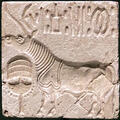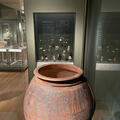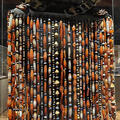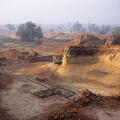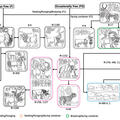A Toponym in Chanhu-daro?
Can potential place-names in Indus inscriptions be isolated?
Dr. Asko Parpola, in by far best single book on the subject, Decipering the Indus Script, after discussing how place names survive in people's names in Dravidian-speaking South India today, where "the name of the ancestral village often forms the first element of a person's proper name," continues by saying that "a similar survival of Harappan place-names in the Greater Indus Valley is not at all unlikely (§ 9.4).




